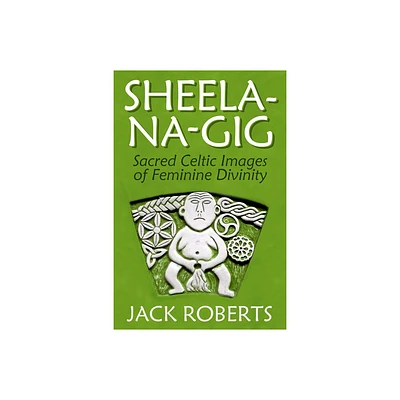Home
Sheela-na-Gigs of Ireland and Britain: The Divine Hag of the Christian Celts - An Illustrated Guide
Loading Inventory...
Barnes and Noble
Sheela-na-Gigs of Ireland and Britain: The Divine Hag of the Christian Celts - An Illustrated Guide
Current price: $25.95


Barnes and Noble
Sheela-na-Gigs of Ireland and Britain: The Divine Hag of the Christian Celts - An Illustrated Guide
Current price: $25.95
Loading Inventory...
Size: OS
*Product Information may vary - to confirm product availability, pricing, and additional information please contact Barnes and Noble
Sheela-na-gigs are carvings of female images depicted as naked and posing in a manner which accentuates the most powerfully evocative symbol of the vulva. They were erected on many medieval churches and almost invariably placed in a very prominent position, such as over the main entrance door or a window. In Ireland, where the practice continued into the later middle ages, they are found on castles and other important structures. The Sheela-na-gigs are primarily sacred religious symbols but some historians have been reluctant to treat them seriously. They are generally referred to as protective talismans or good luck symbols, and more recently the suggestion that they were put on the churches as 'warnings against sin and lust' has found favour. But tradition does not support this view. All references to them indicate that they were highly regarded, revered images that held an exalted position within the religious iconography of the earlier church. This book has been produced in the hope that we may once again be able to look at, accept and fully appreciate sheela-na-gigs and thereby begin to feel respect for these once highly esteemed aspects of our heritage. The Sheela-na-Gigs of Ireland and Britain is written from a non-academic perspective and so aims to be accessible to the general reader. The book's catalogue section is a comprehensive alphabetically listed reference to all known Sheela-na-gigs in Ireland and Britain. There are approximately 144 such figures: over a hundred in Ireland and forty in Britain. Each entry includes a description, details of the location, and a drawing.


















